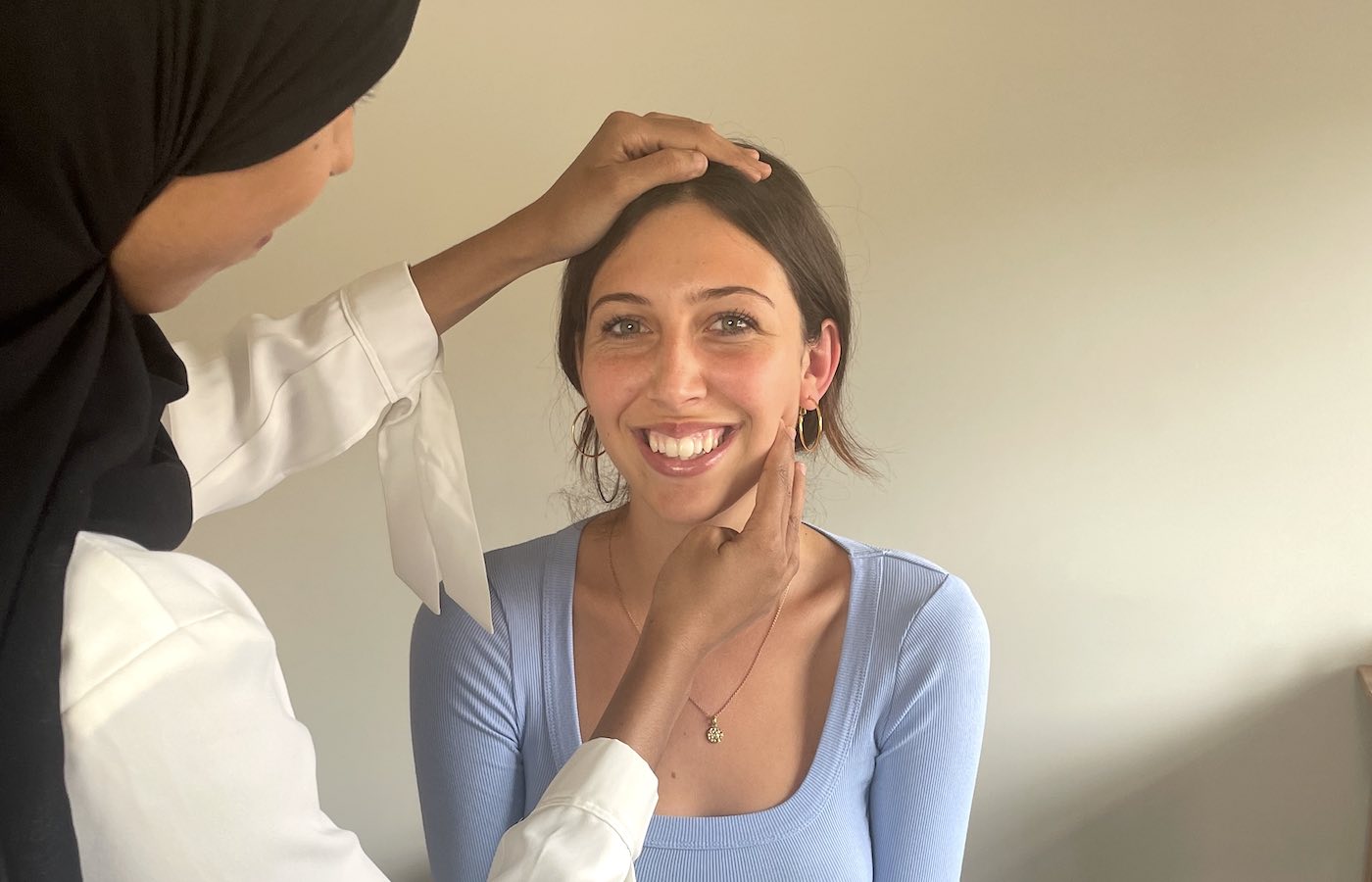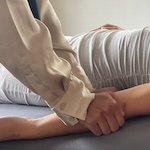Help! I can't open my jaw, what can I do?
The first thing is to realise you're not alone — pain and discomfort in the jaw is the second most common musculoskeletal condition in world, after low back pain. Second, please don't just suffer in silence, as there are treatment options available and osteopathy has proven to be an effective therapy.
What's going on?
If you're experiencing difficulty opening your jaw, you may have temporomandibular joint disorder, known as TMJ disorder for short. The temporomandibular joints connect your lower jaw to your skull.
Other possible symptoms of TMJ disorder are:
- clenching
- jaw pain
- hearing loss
- plugged ear sensation
- jaw clicking
- headache
- vertigo
You may also experience alterations in bite, problems digesting poorly chewed food, and pain in the forehead, larynx, spine, shoulder girdle, low back and abdomen.
Some patients with TMJ disorder also report symptoms of mental disorders, depression, poor sleep quality, and low energy.
Collaborative diagnosis
The successful management of TMJ disorder depends on identifying and controlling the contributing factors, which requires collaboration between dentists and physical therapists.
Osteopaths can diagnose jaw issues through key examination findings such as identifying a muscle spasm or a dislocated disc. Dislocated discs can result in an audible click on opening and closing the jaw. An early click when opening one's jaw can indicate a more serious dislocation, while the opposite is true when closing one's jaw. X-ray and MRI may be needed in some circumstances.
Osteopathic therapy
Research shows that osteopaths can provide effective treatment and management for TMJ disorder.
Osteopathic approaches to TMJ treatment focus on both intraoral and extraoral muscles and tissues. The main muscles include the masseter muscles, pterygoid and temporal muscles. Therapy involves a combination of techniques such as targeted massage, myofascial therapy, and gentle mobilization and articulation.
Additionally, a variety of active and passive exercises are integrated into the treatment plan. These methods are designed to enhance the range of motion in the mouth and jaw, while also alleviating pain in the neck, upper, and lower back.
This holistic approach aims to address the interconnected nature of these areas, promoting overall musculoskeletal health and comfort.
The sooner you can visit an osteopath when experiencing these symptoms, the better your outlook will be in terms of resolving the condition.






